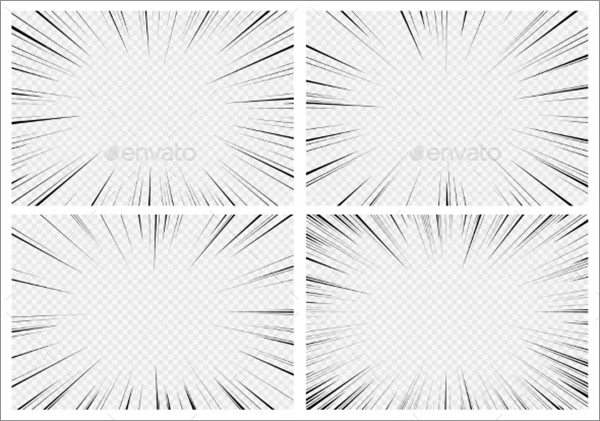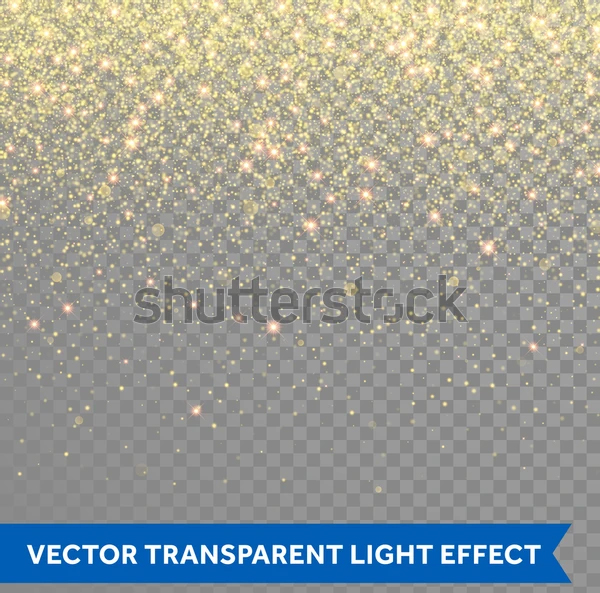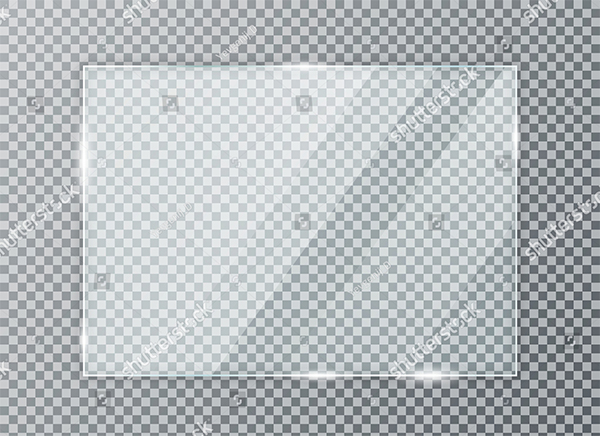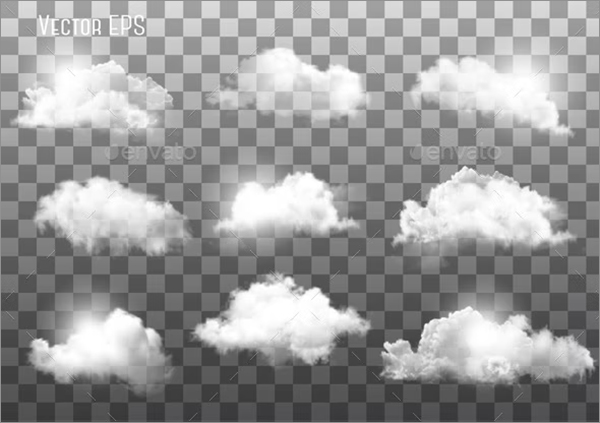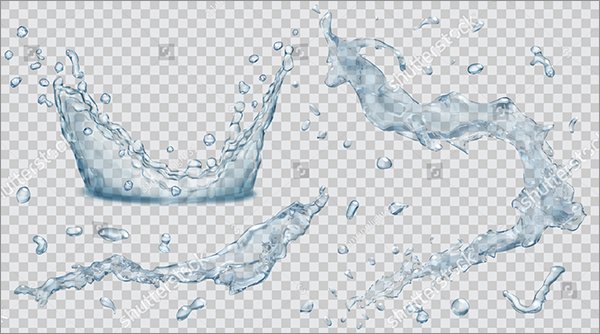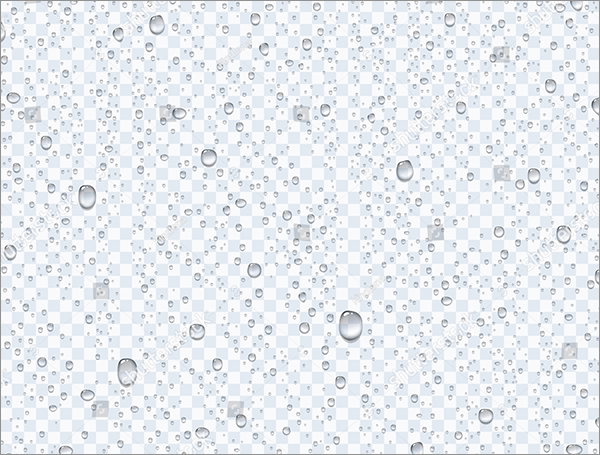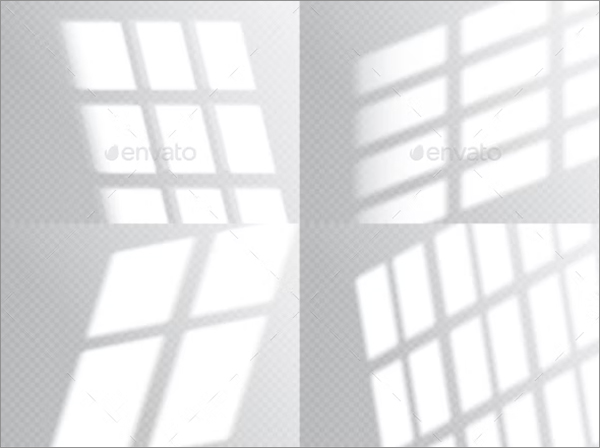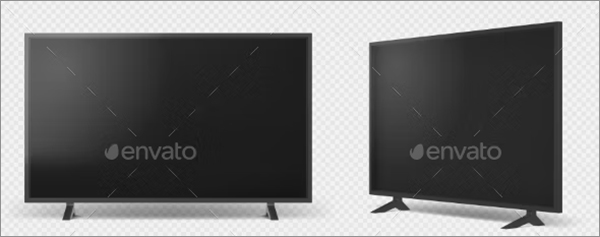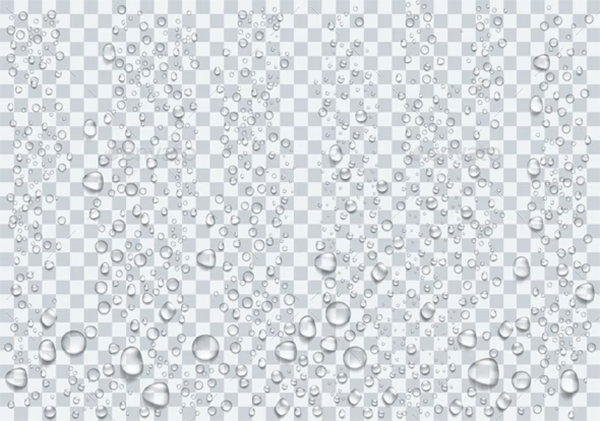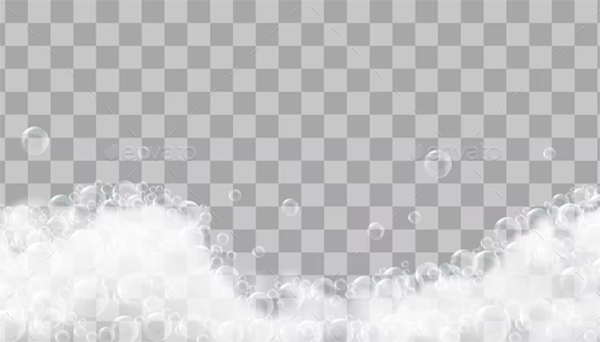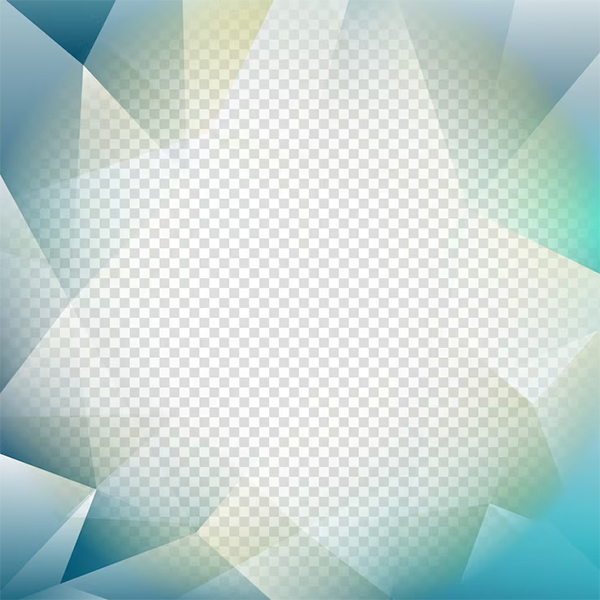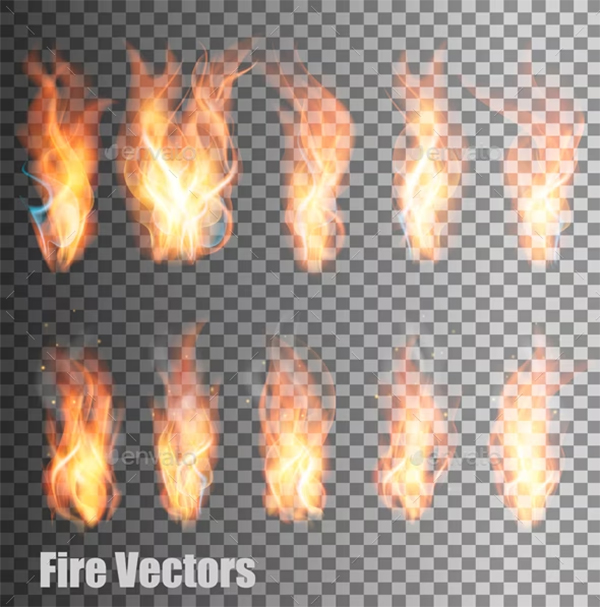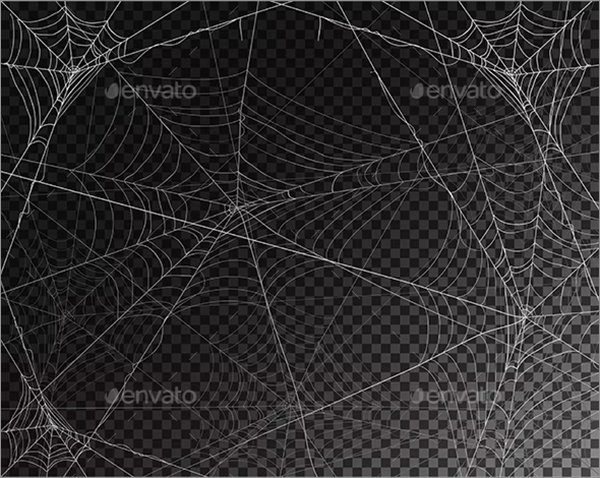Mastering Transparent Backgrounds: A Comprehensive Guide for Designers and Marketers
In today’s fast-paced digital world, creating visually stunning designs that stand out is key. One of the most powerful tools in a designer’s arsenal is the transparent background. Whether you’re crafting affiliate marketing graphic design templates, logos, or social media content, using transparent backgrounds allows for versatility, flexibility, and an overall professional finish.
This guide will walk you through everything you need to know about transparent backgrounds, their advantages, how to effectively use them in your marketing materials, and why they are essential for affiliate marketers and designers alike.
What is a Transparent Background?
A transparent background refers to a design element where the background is invisible, allowing the object, text, or image to seamlessly blend with different environments. Instead of a solid color behind your image, you have a see-through space, which can be layered onto any background without any visible edges or blocks.
For instance, when you save an image as a PNG file (Portable Network Graphics), it supports transparency. This means the image can be placed on any webpage, advertisement, or promotional material without the need for additional editing or awkward blending. This feature is especially useful in affiliate marketing, where versatility in design is critical to ensure cohesive branding.
Why Transparent Backgrounds Matter in Design
When it comes to graphic design templates, the ability to use transparent backgrounds is a game-changer. Here’s why:
1. Seamless Integration Across Different Platforms: One of the key advantages of a transparent background is its adaptability. Whether you’re placing your design on a website, flyer, social media post, or merchandise, a transparent background allows your graphic to blend seamlessly. This is particularly valuable for affiliate marketers who often create content across multiple platforms.
For example, if you're designing a logo for an affiliate marketing campaign, a transparent background ensures that the logo will look clean and professional no matter where it’s placed, be it a light or dark background.
2. Flexible Design Options: Designs with transparent backgrounds offer far more flexibility. When creating graphic design templates, you don’t have to worry about the background color clashing with the foreground or elements getting lost in a busy layout. By removing the background entirely, you can focus on crafting visually stunning designs that can fit into any setting.
Transparent backgrounds are also ideal for affiliate marketing banners, allowing you to easily overlay graphics onto website pages, emails, or social media ads without disrupting the overall aesthetic.
3. Enhanced Visual Appeal: When done right, transparent backgrounds can elevate the visual appeal of your design. By removing distracting backgrounds, you place more emphasis on the primary content, which can lead to a more polished and high-end appearance. This is crucial for affiliate marketers looking to draw attention to call-to-action buttons, logos, or key product images.
Incorporating transparent backgrounds into your graphic design templates can give them a sleek, modern look, which in turn enhances the professional image of your brand. Watercolor Photoshop Brushes
When to Use Transparent Backgrounds in Affiliate Marketing
As an affiliate marketer, you are constantly designing and curating content that will resonate with your audience. Transparent backgrounds can play a pivotal role in making your designs more effective and versatile. Here are several instances where transparent backgrounds are particularly beneficial:
1. Logo Design: Logos are one of the most common elements where a transparent background is essential. Whether you're designing your own affiliate brand logo or incorporating logos of products you’re promoting, transparent backgrounds ensure that the logos integrate smoothly without awkward borders or mismatched background colors.
2. Call-to-Action Buttons: In affiliate marketing, call-to-action buttons (CTAs) are crucial for conversions. CTAs need to stand out on your webpage, newsletter, or ad, and a transparent background makes it easy to overlay the button onto any design. Whether you’re placing the CTA on a colorful banner or a minimalist landing page, the transparency will ensure it grabs attention without clashing with other elements.
3. Product Mockups: Transparent backgrounds are ideal for creating product mockups that can be used in your marketing materials. Whether you’re promoting a physical product or an ebook, transparent backgrounds allow for easy placement of the product image on various backgrounds and designs, making it easier to customize for different campaigns.
4. Social Media Graphics: In the fast-paced world of social media marketing, visuals need to be dynamic, engaging, and consistent with your brand. Transparent backgrounds allow for a consistent look and feel across your posts, stories, and ads, regardless of the platform you’re using. You can create shareable graphics, quotes, or even infographics, and then place them on any background that suits your social media page or theme.
How to Create Transparent Backgrounds: Tools and Techniques
Creating designs with transparent backgrounds is easier than ever, thanks to a variety of tools available to designers. Whether you’re a beginner or an experienced graphic designer, these tools will help you create professional designs in no time. Watercolor Photoshop Brushes
1. Adobe Photoshop: Adobe Photoshop remains one of the most powerful tools for creating transparent backgrounds. By using the Magic Wand Tool or Quick Selection Tool, you can easily remove unwanted backgrounds from an image and save it as a PNG file with transparency intact.
Here’s a quick guide:
2. Canva: Canva is a popular design tool that makes creating transparent backgrounds easy, even for non-designers. Canva offers a pro version that allows users to remove backgrounds with a single click. This tool is great for creating affiliate marketing graphic templates quickly and efficiently.
To create a transparent background in Canva:
3. GIMP: For those looking for a free alternative to Photoshop, GIMP is a great choice. GIMP allows you to create transparent backgrounds with similar tools to Photoshop.
Here’s how to use it:
4. Online Background Remover Tools: There are several free and paid online tools like Remove.bg or ClippingMagic, which allow you to remove backgrounds from images with minimal effort. These tools are especially useful for affiliate marketers who need quick, professional results without investing in expensive software.
Best Practices for Using Transparent Backgrounds in Affiliate Marketing
When integrating transparent backgrounds into your affiliate marketing designs, there are a few best practices you should keep in mind to maximize their impact:
1. Maintain Image Quality: Always ensure that your transparent images are of high quality and resolution. Low-resolution images can appear pixelated when scaled, which can negatively impact your marketing materials.
2. Match the Aesthetic of Your Campaign: While transparent backgrounds offer flexibility, it’s important to ensure that the overall aesthetic of your design remains consistent. Ensure that the transparent element integrates smoothly with the surrounding design and maintains your brand’s visual identity.
3. Use PNG Files: Always save images with transparent backgrounds in PNG format. This file type preserves transparency, while other formats like JPEG will not support transparent backgrounds.
Conclusion
Transparent backgrounds are a vital element in creating versatile and professional designs for both affiliate marketing and graphic design templates. Whether you're creating logos, CTAs, or social media graphics, transparent backgrounds ensure that your design adapts to any setting without losing its impact.
Mastering the use of transparent backgrounds can significantly elevate your design game, making your affiliate marketing efforts more effective and visually appealing. Embrace the power of transparency, and watch your designs stand out in an increasingly competitive digital space.

